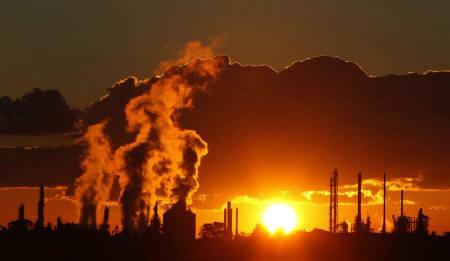Global warming

Global warming is defined as an increase in the average temperature of the Earth’s atmosphere, especially a sustained increase significant enough to cause changes in the global climate. The term global warming is synonymous with an enhanced greenhouse effect, implying an increase in the amount of greenhouse gases in the earth’s atmosphere, leading to entrapment of more and more solar radiations, and thus increasing the overall temperature of the earth.
An introduction to the profile of India
India is the second most populous country of the world with a population over 1.2 billion. India lies to the north of the equator between 6° 44′ and 35° 30′ north latitude and 68° 7′ and 97° 25′ east longitude. It shares a coast line of 7517 km with the Indian Ocean, the Arabian Sea and the Bay of Bengal. It has land boundaries with Pakistan, China, Nepal, Bhutan, Burma and Bangladesh.
Climate of India
India exhibits a wide diversity of temperatures. The Himalayas participate in warming by preventing the cold winds from blowing in, and the Thar desert attracts the summer monsoon winds, which are responsible for making the majority of the monsoon season of India. However, the majority of the regions can be considered climatically tropical.
The climate of India is dominated by the monsoon season, which is the most important season of India, providing 80% of the annual rainfall. The season extends from June to September with an average annual rainfall between 750–1,500 mm across the region. The monsoon of India is regarded as the most productive wet season on the earth.
Impacts of global warming on climate of India
The effect of global warming on the climate of India has led to climate disasters as per some experts. India is a disaster prone area, with the statistics of 27 out of 35 states being disaster prone, with foods being the most frequent disasters. The process of global warming has led to an increase in the frequency and intensity of these climatic disasters.
According to surveys, in the year 2007-2008, India ranked the third highest in the world regarding the number of significant disasters, with 18 such events in one year, resulting in the death of 1103 people due to these catastrophes.
The anticipated increase in precipitation, the melting of glaciers and expanding seas have the power to influence the Indian climate negatively, with an increase in incidence of floods, hurricanes, and storms.
Global warming may also pose a significant threat to the food security situation in India.
According to the The Indira Gandhi Institute of Development Research, if the process of global warming continues to increase, resulting climatic disasters would cause a decrease in India’s GDP to decline by about 9%, with a decrease by 40% of the production of the major crops. A temperature increase of 2° C in India is projected to displace seven million people, with a submersion of the major cities of India like Mumbai and Chennai.
